Poultry flocks across the world, including in the United States and Canada, have been annihilated by fast-moving, über-deadly avian influenza virus known as Avian Influenza or bird flu since 2015.
The following is intended to equip backyard chicken keepers with tools required to help protect backyard flocks from Avian Influenza and the many other less deadly diseases that could affect pet chickens. All backyard chicken keepers, farmers and commercial poultry growers play a role in controlling and limiting the impact of avian influenza on the planet.
WHAT IS AVIAN INFLUENZA?
Avian influenza (AI, also known as bird flu) is a highly contagious, infectious bird disease caused by various strains of the influenza virus (Type A). Bird flu is spread primarily by migrating waterfowl via their droppings. Anyone or anything that comes in contact with infected droppings can transmit the virus. “[Bird flu] rides the wind, lives in water, can attach itself to clothes, tires, shovels, manure spreaders…..anything.”1
Some bird flu viruses can infect humans, but most do not. Bird flu viruses mutate as they spread, which is why it’s imperative to stop the spread.
FLOCK IMPACT OF BIRD FLU
Regardless of flock size or ownership, when avian influenza is confirmed, the birds that have not already died from the virus are euthanized. For example, in 2017 a Minnesota commercial turkey barn containing ~15,000 birds was reduced to 100 in a number of days from the virus- the survivors were immediately quarantined and humanely euthanized. The result would be the same for a backyard flock. There is no such thing as reducing losses in backyard flocks with avian influenza, so there is no need for discussion of survivors being carriers- once the virus is confirmed, the entire flock is euthanized.
BIRD FLU SYMPTOMS may include one or more of the following:
- Sudden death without any clinical signs
- Lack of energy and appetite
- Decreased egg production and/or soft-shelled or misshapen eggs
- Swelling of the head, eyelids, comb, wattles, and hocks
- Purple discoloration of the wattles, combs, and legs (looks like bruising)
- Runny “nose,” coughing, sneezing
- Stumbling or falling down
- Diarrhea
WHAT TO DO ABOUT BIRD FLU:
PRACTICE GOOD BIOSECURITY.
Don’t attract wildlife to the area with food or water, including open chicken feeders, drinkers, standing water, wild bird feeders and bird baths. Never allow backyard flocks to share or even get near a pond or water source with wildlife.
KEEP A CLOSED FLOCK!
Never bring birds into your flock that have lived on a different property! Only add to your flock with day old chicks obtained from an NPIP certified hatchery.
Control the rodent and fly populations in the chicken yard.
Use closed drinkers and closed feeders that wildlife cannot operate.
Avoid visiting high risk areas such as other chicken yards, farms, poultry shows, ag fairs, chicken swaps, auctions or other places live birds are found. If avoidance is impossible, clean and disinfect as indicated below. Potential bird flu carriers include: people, (including you and other poultry keepers) clothing, shoes, equipment, (shovels, tractors, wheelbarrows, car tires) and all wildlife.
Treadle feeders operate by standing on the plate to open the lid. Wild birds and rodents do not weigh enough to access the feed inside them.
CLEAN & DISINFECT Any potential carriers entering the chicken yard from high risk areas should be cleaned & equipment, disinfected. Require visitors to change clothing and wear disposable shoe covers and wash hands before entering the yard. Change your clothes, wear clean shoes & wash hands when returning home from high risk areas.
Poultry Veterinarian, Dr. Annika McKillop, properly attired to treat patients at their home.
I use un-activated Oxine to disinfect (1/4 teaspoon per gallon of water). Oxine is 200x more effective than chlorine bleach & safer. It quickly biodegrades into common table salt. Learn more about Oxine here and here.
Alternatively, use bleach solution in a 3:2 ratio (3 parts bleach, 2 parts water).
QUARANTINE newly acquired birds properly. Better yet, never bring birds that have lived on another property into the flock at all. It’s just not worth the risk of losing your entire flock.
IDENTIFY & REPORT BIRD FLU VICTIMS
Obtain necropsies of birds that die of unknown causes. (state veterinary pathology labs link here)
Be aware of the symptoms of avian influenza (above) and REPORT SICK OR DEAD BIRDS IMMEDIATELY to any of the following:
The USDA Healthy Birds Hotline at 1-866-536-7593
Your chickens’ veterinarian (list of board certified avian vets HERE)
Your state veterinary diagnostic laboratory (*MA lab HERE, NH lab HERE)
Your state veterinarian (list HERE)
Your state Agricultural Extension Service’s poultry agent (list HERE)
Sources & Further Reading:
Bird Flu, CDC updates and resources
1 Avian Influenza Again
2 Avian Influenza
3 Avian Flu Found on Turkey Farms Supplying Butterball
4 Deadly bird flu strain hits commercial turkey operation in west-central Minnesota
5 USDA Animal Health Monitoring & Surveillance- Avian Flu Information & Resources
6 USDA-Protect Your Birds from Avian Influenza
7 USDA Confirms Highly Pathogenic H7N8 Avian Influenza in a Commercial Turkey Flock in Dubois County, Indiana
1/9/17 UPDATE: The USDA’s APHIS confirmed the first case of H5N2 of Eurasian Lineage in a wild mallard duck in Montana. The same precautions apply with particular emphasis on avoiding wild waterfowl.
3/5/17 UPDATE: The USDA’s APHIS confirmed the presence of highly pathogenic H7N9 avian influenza (HPAI) of North American wild bird lineage in a commercial chicken breeder flock in Lincoln County, Tennessee.
3/6/17 The Tennessee state veterinarian confirms that a flock of chickens at a commercial poultry breeding operation has tested positive for H7N9, a low pathogenic avian influenza (LPAI)
Kathy Shea Mormino
Affectionately known internationally as The Chicken Chick®, Kathy Shea Mormino shares a fun-loving, informative style to raising backyard chickens. …Read on


shop my SPONSORS



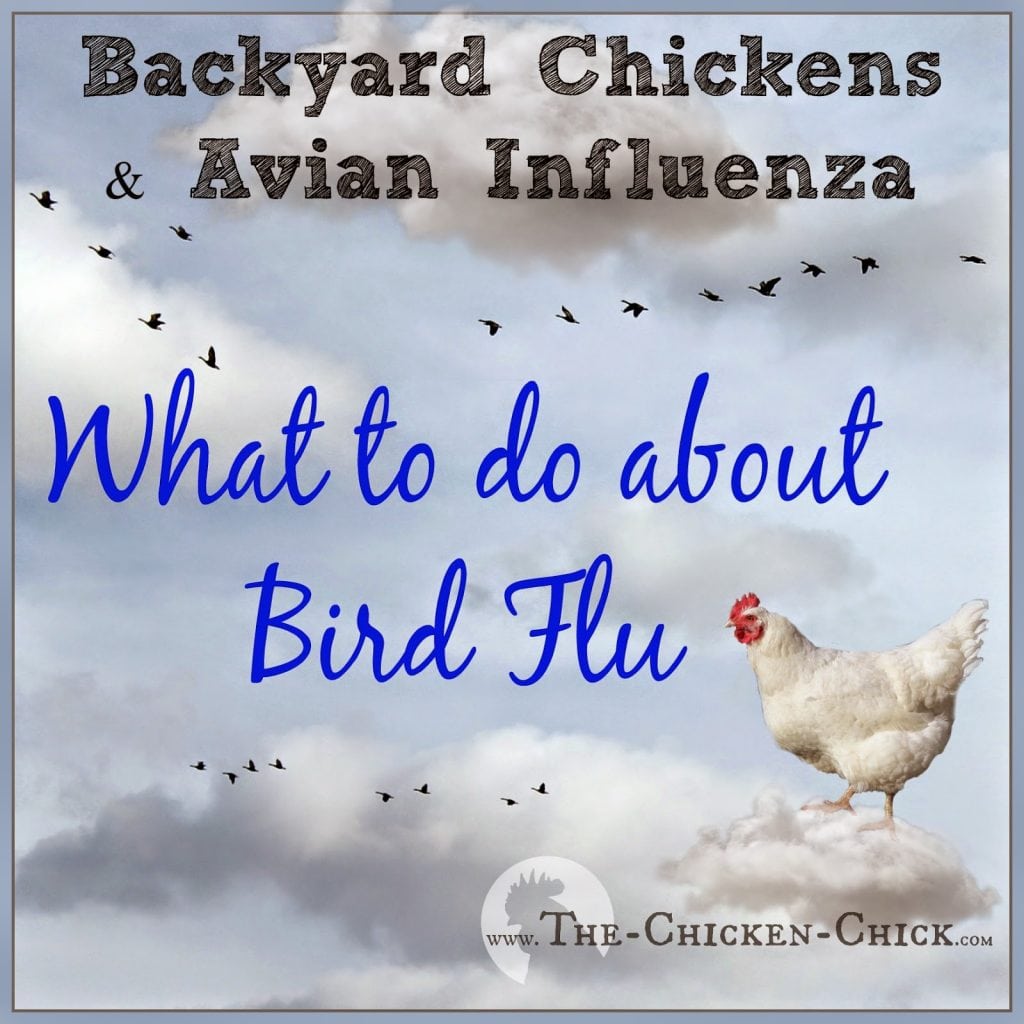
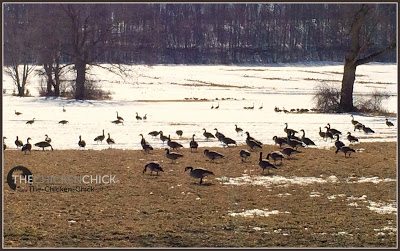
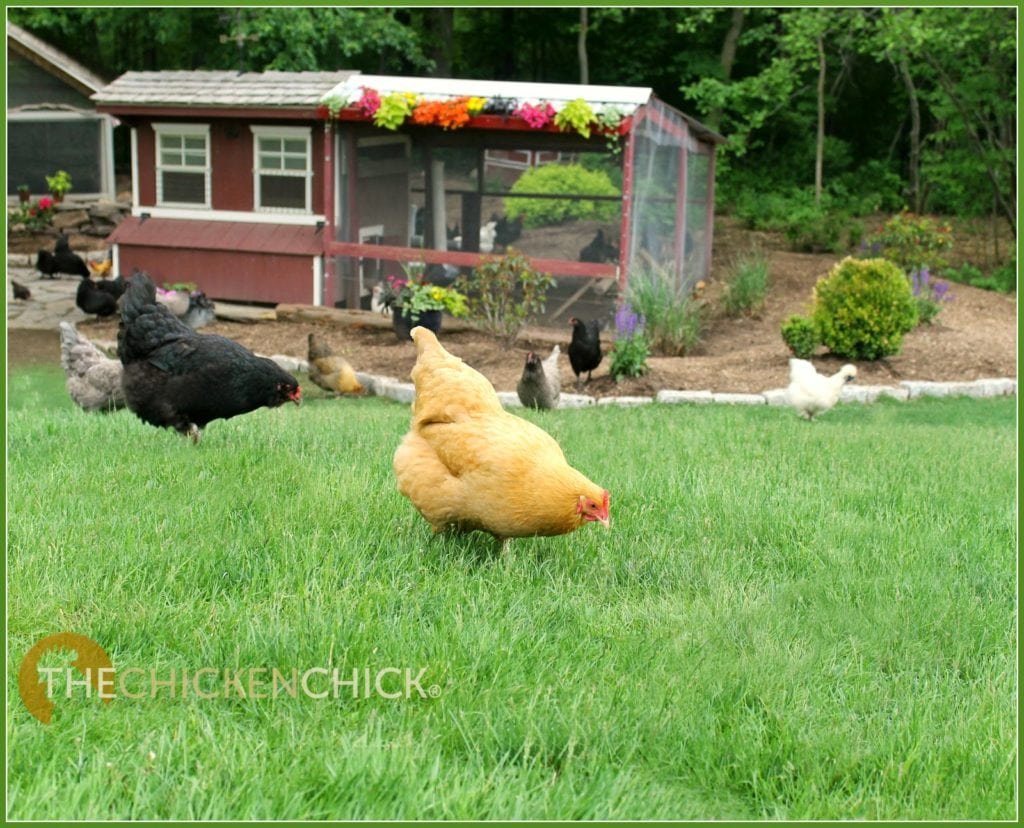
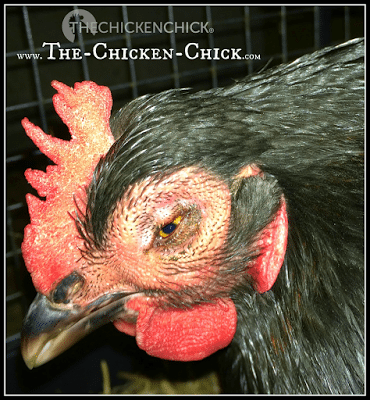
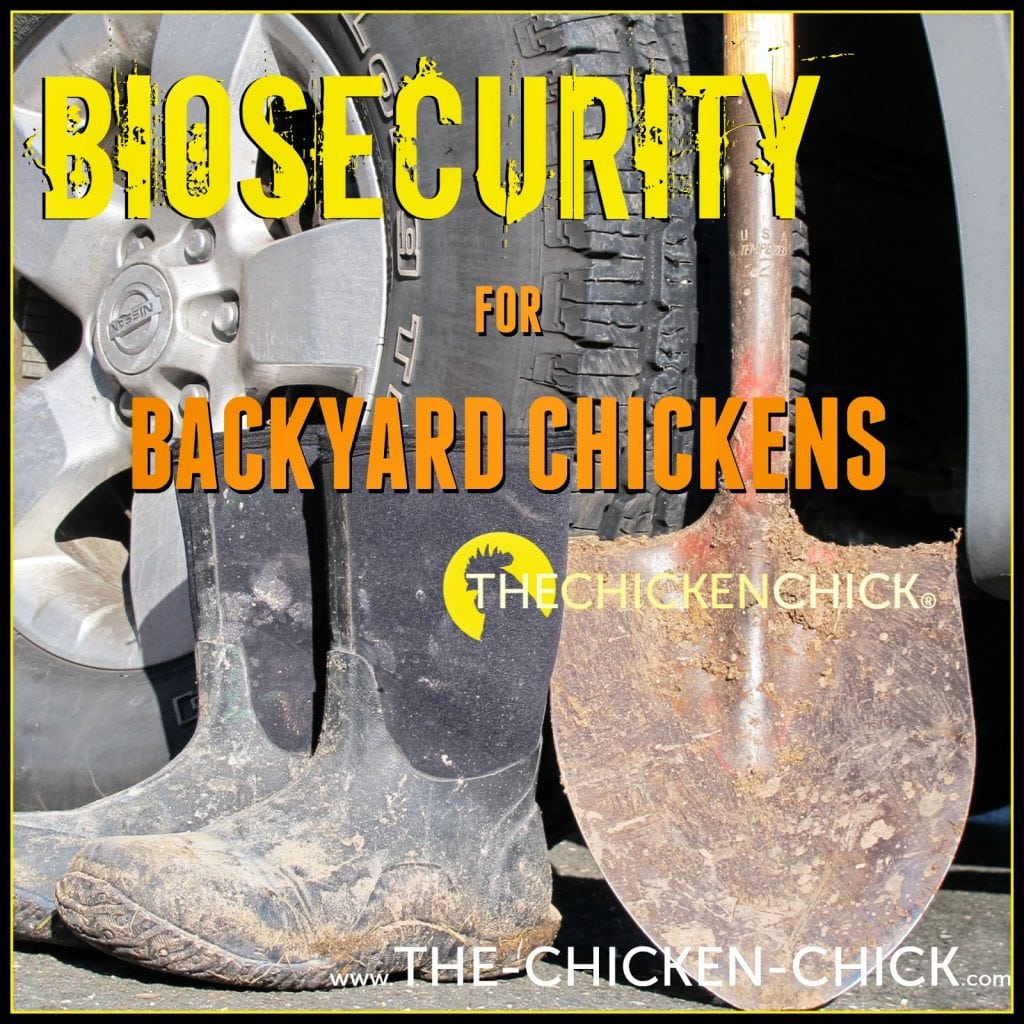


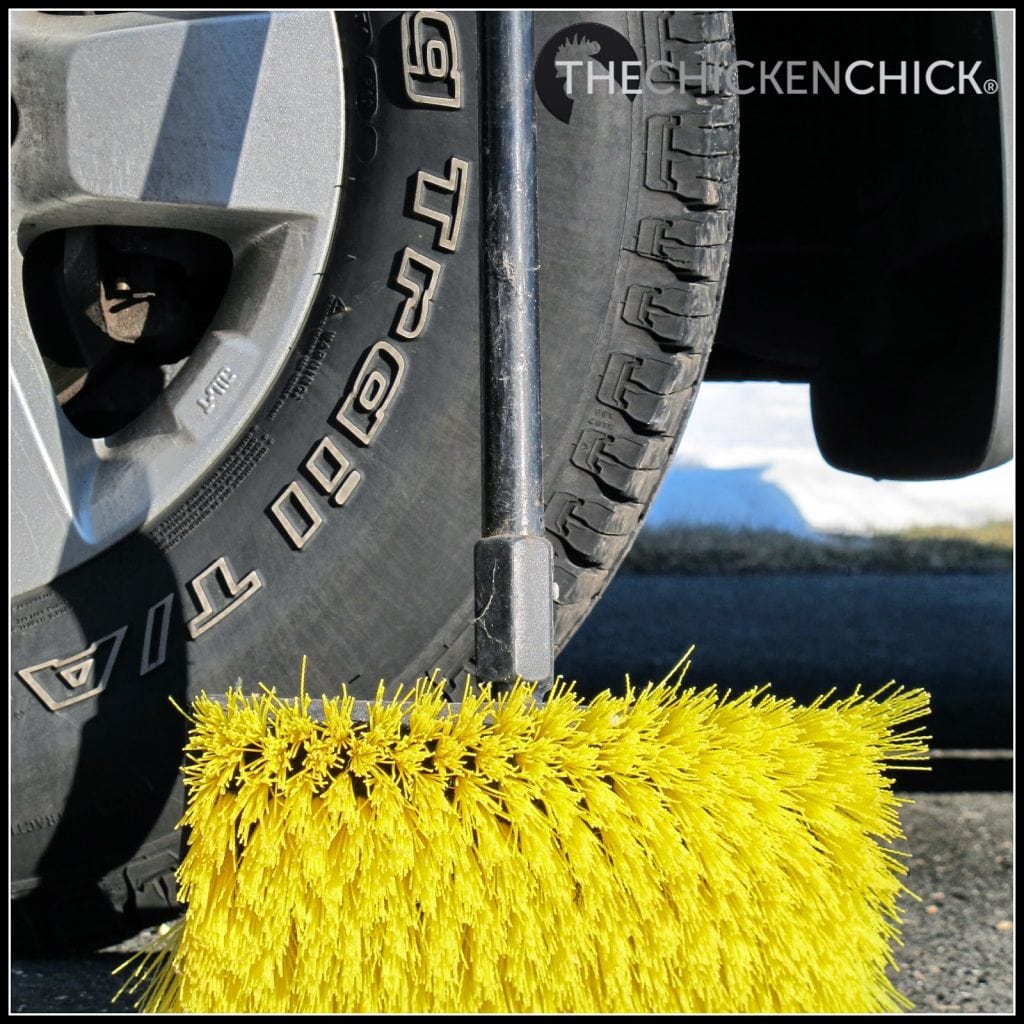
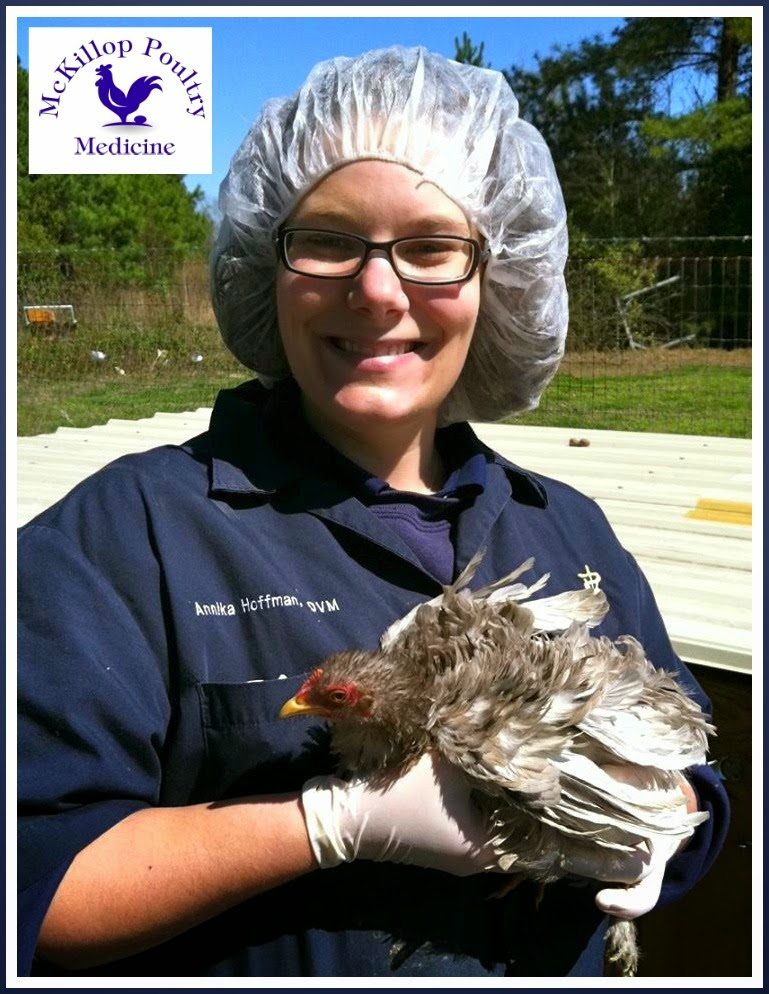

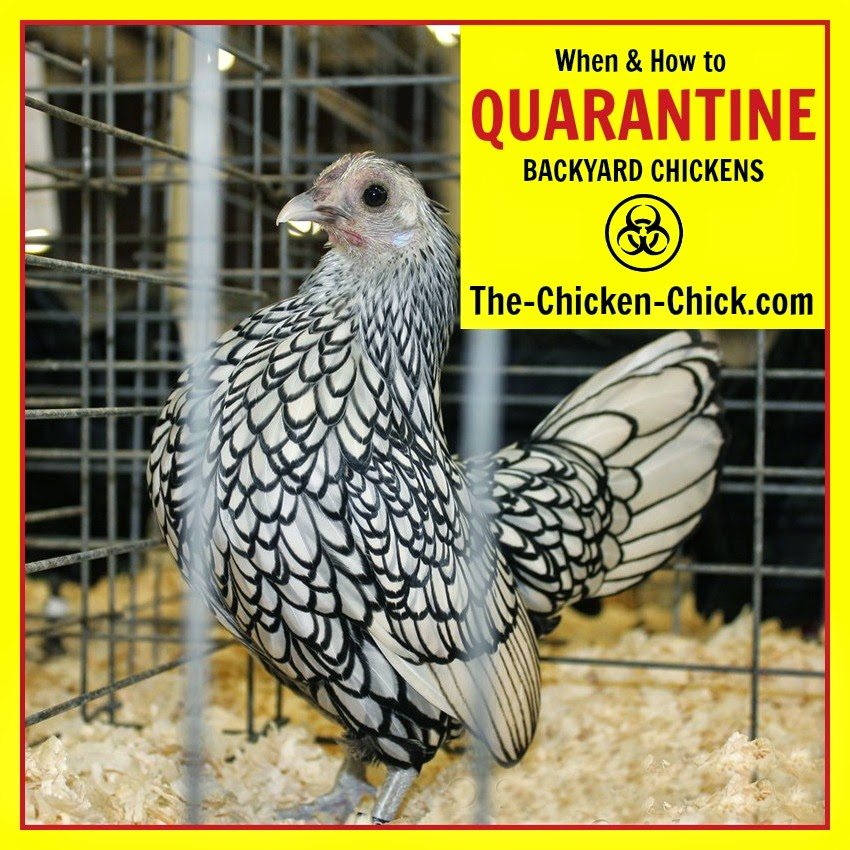
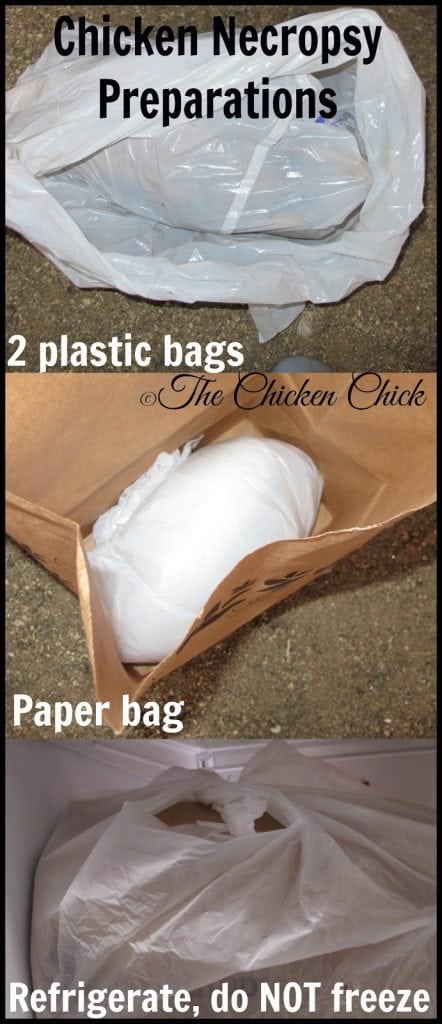

























This is really scary because there is no way to protect my flock short of locking them in their run treating it like a hospital. My birds free range our property and we drive in and out. I can only hope it doesn’t come to my area.
You can’t unless your birds are completely confined. You can get a treadle feeder such as Grandpa’s Feeders, which will prevent the wild birds from eating the feed and therefore, they will stop frequenting your chicken run.
You missed the point of ChickenChick’s comment. I am ordering out of Murray McMurray’s flock and I don’t worry about AI either. I am concerned about my peeps getting AI in transit but not from the hatchery.
Would it be a bad time to start a flock then?
Hi Kathy – I was just researching the Oxine and I noticed that you stated that you used un-activated. Did you mean that you didn’t add the Citric Acid to use it?